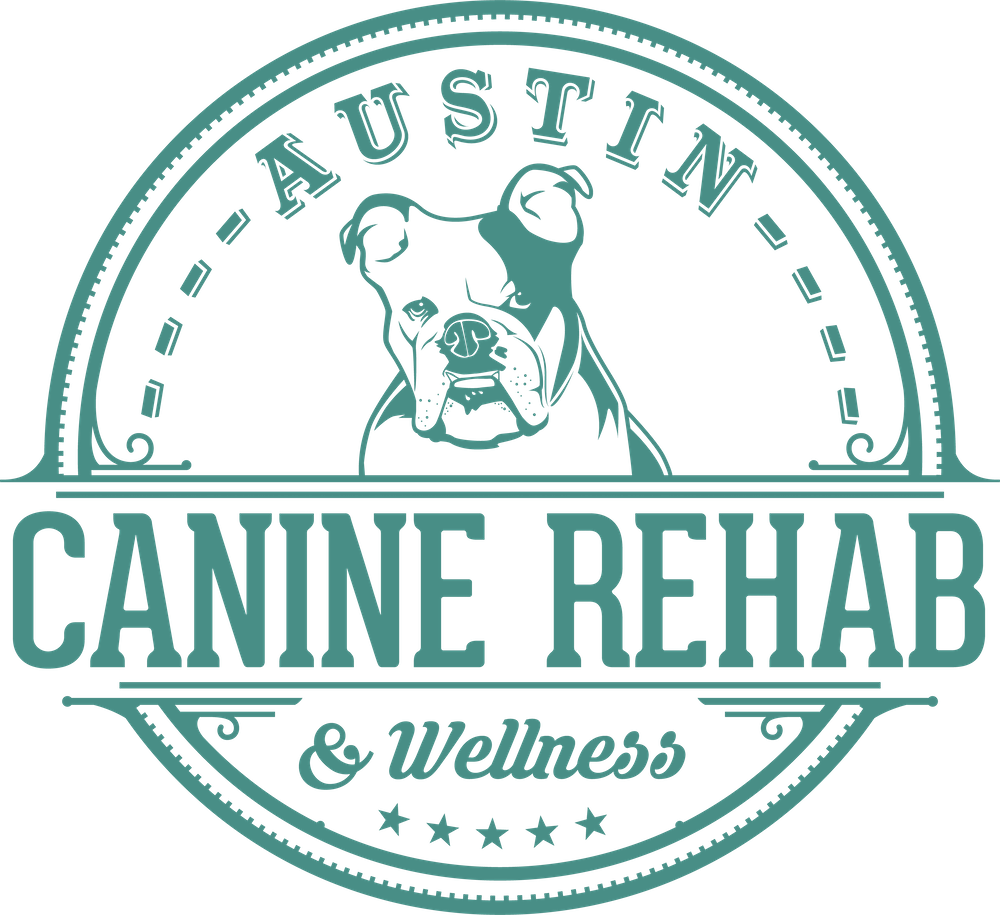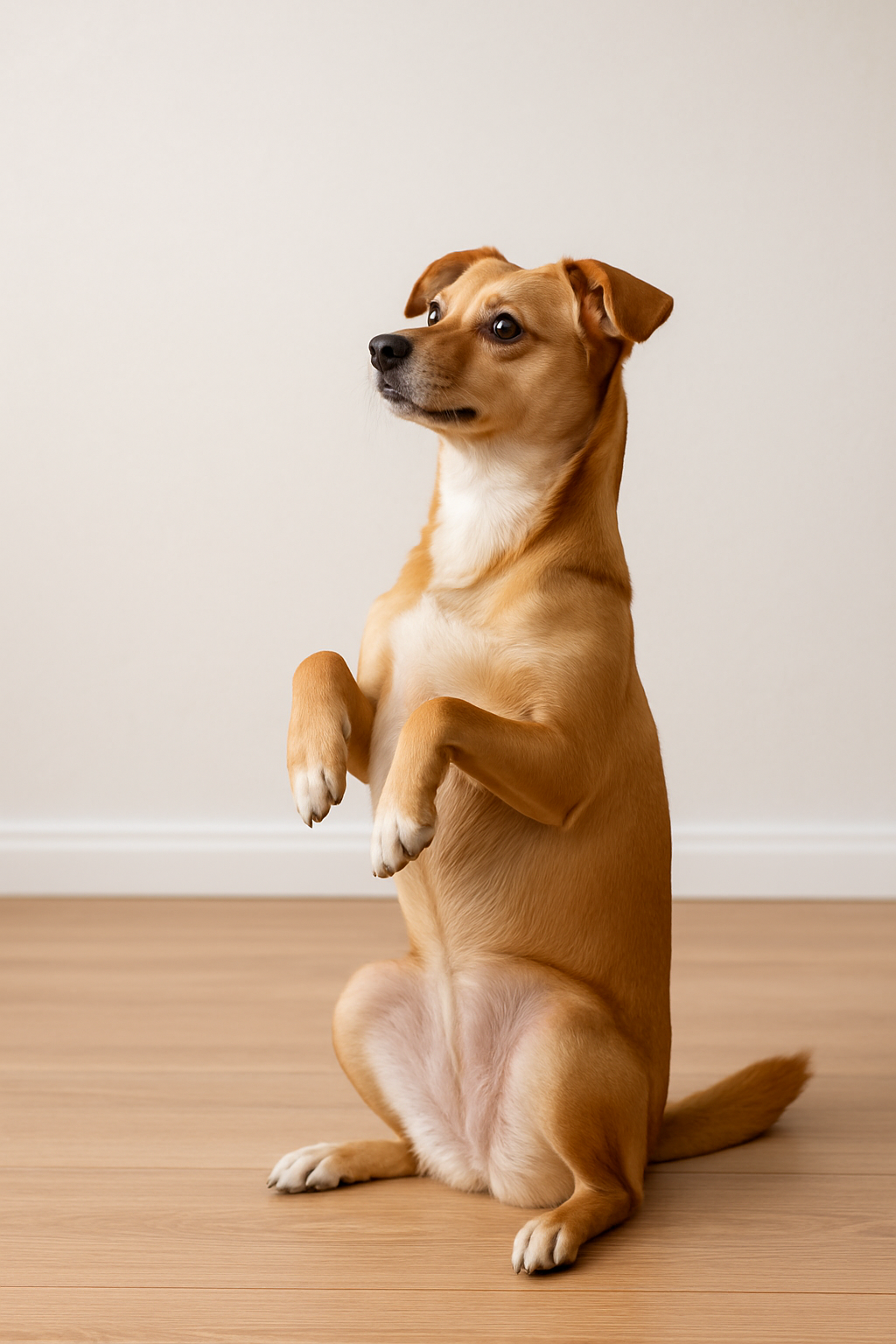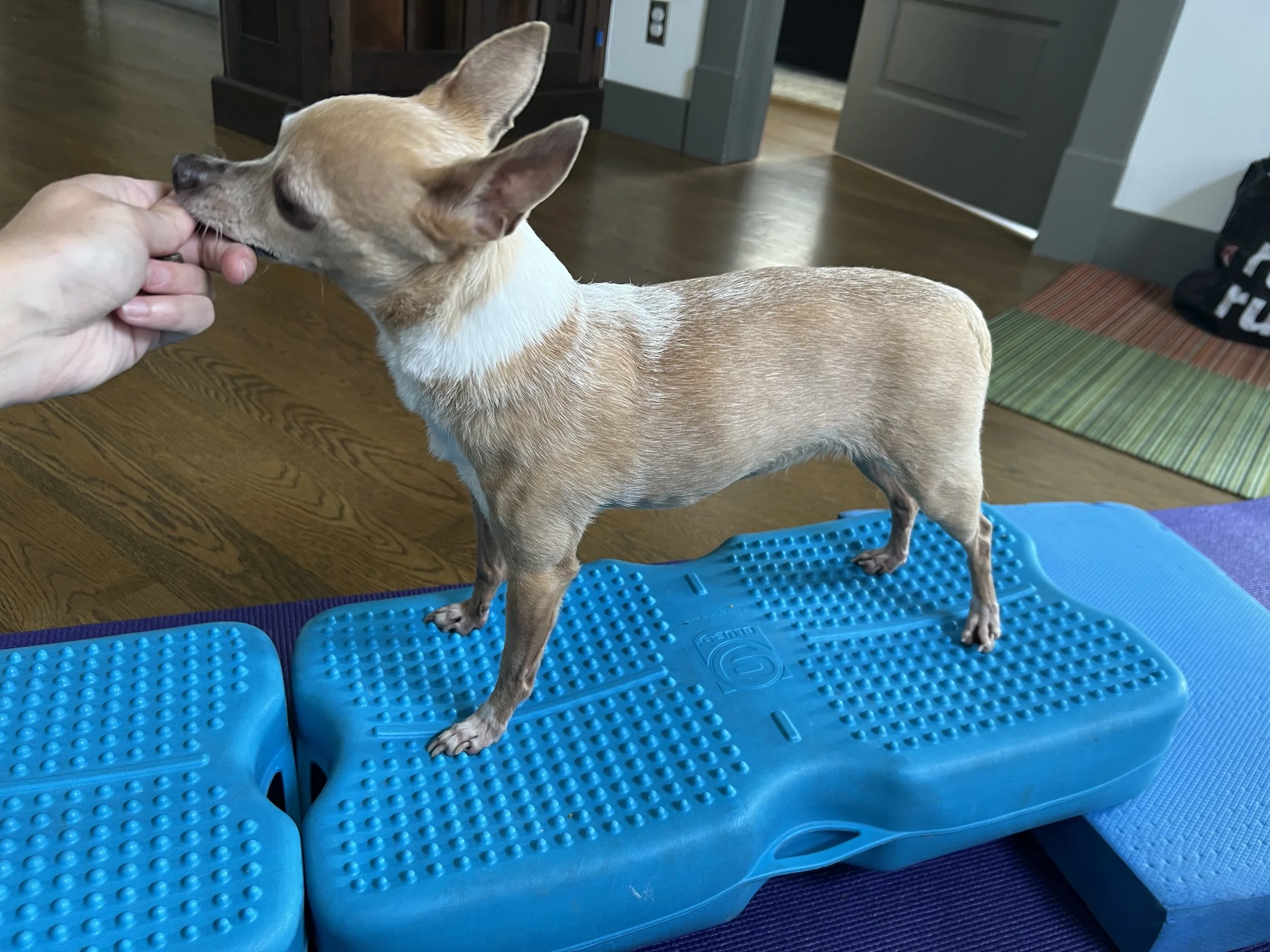Are Dog Carriers and Backpacks Safe for Your Dog?
There’s no denying that a small dog peeking out of a backpack or carrier looks awfully cute. Who can resist looking at one of these pups while their owner walks past? In addition to the adorable look, these types of carriers are also rather convenient, especially for those who live in the city, or for senior dogs who struggle to get around on their own.
But, with all of that said, there might be a price to pay for convenience and cuteness. Are dog backpacks and carriers actually bad for your furry friend? Let’s take a closer look below so you can make an informed decision.
Why Dog Carriers and Backpacks Are So Popular
It’s easy to understand the appeal of dog carriers and backpacks from the perspective of a dog owner. They make it easy to take your dog with you wherever you are doing, whether it’s running errands, going for a hike, traveling, or just about anything else. (1) Also, for smaller or older dogs, these carriers represent a way to take your dog with you that feels safer and more controlled.
When you add up these benefits, the trend to carry dogs in such devices is not too surprising. For dog owners who are particularly concerned with the long-term health of their pets, however, it’s important to think about what staying in this position for too long is going to do to the dog. Specifically, dogs are “built” for horizontal movement, and when they are placed upright like humans, stress can happen to their spine and joints.
The Posture Problem – What the “Sit Pretty” Research Tells Us
Fortunately, we don’t have to wonder or guess about the impact of sitting this way on dogs. There has been excellent research that has highlighted the risks of positioning your dog in this way. That research looked at the trend of training dogs to get into a “sit pretty” position, which means they are posed up on their hind legs with the back upright. This is different than a normal sitting position for dogs, and it comes with some downsides.
When a dog lands in a “sit pretty” position, there is nearly double the force going through the facet joints of the spine. (2) This means that over time, these joints can become damaged and will no longer be able to function as they should. When you put your dog in an upright carrier, you are gradually doing unnecessary damage to the dog’s spine, and it’s possible that this damage will come back to cause greater health issues in the future.
Breeds at Higher Risk of Spinal Injury
It’s also worth noting that some dogs are already at a higher risk of spinal injury due to excessive stress. These include Dachshunds, Corgis, French Bulldogs, and Shih Tzus, among others.
Make it stand out
Mostly, this list features dogs that have shorter limbs and long backs, which is a combination that can lead to spinal stress. For any dogs in this category, posture is important, and even short trips in carriers that don’t offer the right support can lead to trouble over time.
Why Cute Doesn’t Always Mean Comfortable
Remember that the products sold to dog owners aren’t always designed with the best interests of the dog in mind. Sometimes, they are simply made to look cute and produce wonderful Instagram photos. When purchasing anything that you will use for your dog, be sure to consider what position it will place the dog in, and whether or not that position is going to be healthy over the long run. Avoid carriers and backpacks that move the dog’s back into an excessive “C” shape, or a vertical backpack that compresses the spine.
Safer Alternatives and Supportive Carrying Options
Fortunately, there are safer alternatives to backpacks that can cause spinal problems. The first goal you should have for any carrier is that it keeps your dog’s spine in a horizontal position, similar to how they would be standing naturally. Also, the base should be firm and level, with padded sides. And, even with these quality design traits, make it a point to only use the carrier in moderation. It’s always better for your dog to be walking and moving about freely than to be contained in a carrier.
Functional Alternatives for Core Strength
Maintaining good core strength is important for your dog’s health, but it isn’t going to be achieved by going into the “sit pretty” position. Instead, you’ll want to do functional things like taking your dog on short walks over varied terrain, going through gentle balance work, and performing controlled exercises. (3) All of these activities engage the small stabilizing muscles that protect the spine and allow your pet to stay active and happy.
When to Seek Professional Guidance
If your dog seems to be sore after being carried, or has changed their habits around jumping or resting, it’s worth having them evaluated by a professional. Early intervention can go a long way toward preventing small issues from turning into bigger problems.
Connect with Austin Canine Rehab today to discuss your situation and any concerning signs you’ve seen in your dog. We can develop a personalized plan that will help your dog get back to health and move around comfortably for years to come. We look forward to hearing from you soon!
Frequently Asked Questions
-
For most dogs, it is not safe to use a vertical backpack or carrier for a long hike. This would mean a long period of very limited movement for the dog, and uneven pressure would be placed on the spine throughout the hike. If possible, make it a point to alternate carrying with walking throughout the hike so your dog won’t be stuck in the same position for an extended time.
-
Yes, for dogs with IVDD, be sure to choose a firm, flat-bottomed carrier that allows the back to stay straight. You want to avoid upright or sling-style designs that let the spine move into a rounded position. Always lift and set down your dog with even support under the chest to avoid the kind of twisting that can lead to injury in the long run.
-
Yes, rehab is a great choice if your dog is sore or hurting in some way. This may result from using a carrier, or it may be related to some other event. Whatever the case, having an individualized program designed for your dog is a great way to restore both comfort and confidence. We would be proud to help you achieve the best possible future for your pet.





